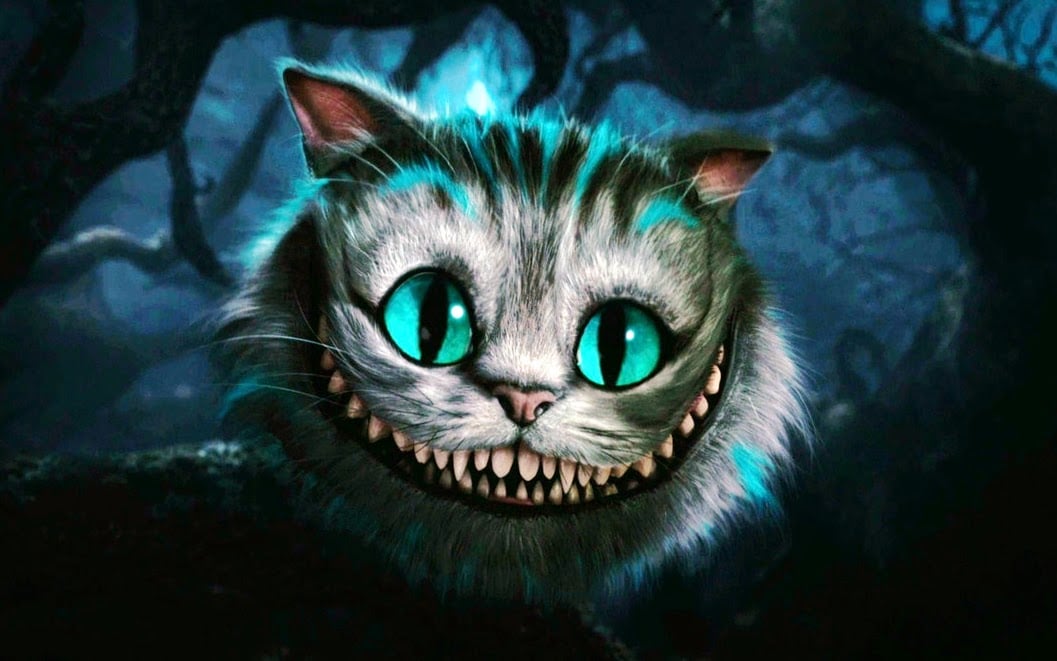When the MeToo movement took off across the globe in 2017, it changed how we think about artists and their art.
As victims of sexual harassment and assault spoke out, the public became more aware of the behaviour of well-known people, including successful artists. Audiences immediately began to view these artists’ work through the lens of their actions.
As a result, many of our favourite books, songs and art works became irrevocably tainted by the transgressions of their creators.
Admiring the work of Pablo Picasso — the cubist artist who burned his partner Françoise Gilot’s face with a cigarette (and painted it) — or Alfred Hitchcock — the film director who tried to destroy actress Tippi Hedren’s career when she rebuffed his advances — became a less straightforward proposition.
“In the aftermath [of MeToo], people were left wondering what to do about their heroes,” US critic Claire Dederer writes in her new book, Monsters: A Fan’s Dilemma.


The answer is pretty simple. Continue enjoying the art, but cut them off from any profits from it.
Where do you draw the line between cutting off profits and not? If somebody did only smaller crimes, do we cut only some profits?
I don’t get this reasoning. Either we can admit that people can do both good and bad things, and good and bad art, or we can keep doing all these cancellations until nobody has anything.
Ed: also who gets those profits then, they corporations owning the IPs?